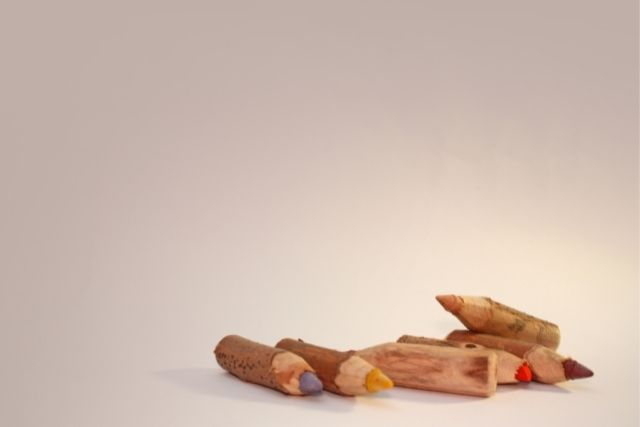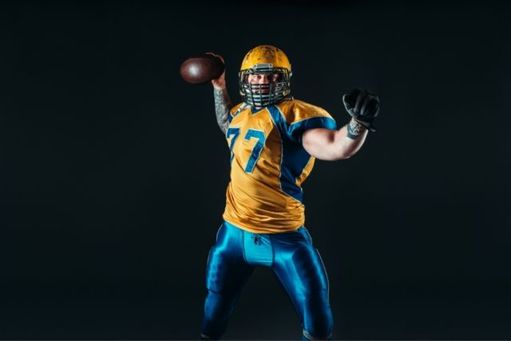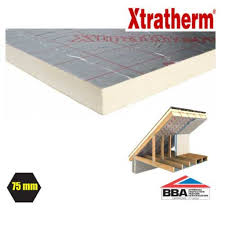How to make brown color

How to make brown? – A guide for kids!

Brown is one of the most common colors that we usually see around us. It is a symbol of beauty and natural warmth. It is commonly associated with the colors of fall and winter. We see it everywhere, from wood, dirt, and landscapes to human hair and eye color. Some foods are also available in brown. Many people perceive it as a color of style, persistence, reliability, protection and healing. There are many different shades of brown, such as light brown or dark brown, that can be achieved by mixing different colors. Let’s learn How to make brown color!
What colors make brown?
Three types of colors that can give brown color:
Primary colors.
Secondary colours.
Complementary colors.
It is possible to obtain a brown color by mixing some colors on the color wheel from red to yellow. One of the easy tricks to make brown is to add two primary colors, for example red and green, or two primary colors, say blue with an orange secondary color, makes brown. However, it is also possible to determine the intensity of the colors, since some colors cancel each other and increase or decrease the brightness and intensity of the other. Also, it is quite easy to get a brown color by mixing a variety of color combinations, but getting an exact shade takes some effort and perfection.
Let’s Make brown
It is simple and easy to make brown by mixing just two colors. However, this requires understanding the fundamentals of color theory to get the desired color palette. Here is a visual list to know what two colors brown is made of:
When we combine red and blue, we get purple
The mixture of blue and yellow colors results in green.
A combination of yellow and red produces orange.
As a result, purple, green, and orange become secondary colors.
Now to make brown with two colors, mix a secondary color with its complementary primary color. It means that mixing purple and yellow, green and red, orange and blue creates a brown color:
Purple + yellow = brown
Green + red = brown
Orange + blue = brown
For a lighter shade of brown, use opaque white paint to make any necessary adjustments.
Let’s make dark brown
It is possible to create a dark effect by adding black or purple color. The result is a chocolate brown color. If someone uses red, yellow, and blue, they can add more red and blue than yellow. For a darker shade, it is good to mix red with ultramarine blue or black.
Many skilled artists recommend that when someone adds black or purple to get a dark brown, they should understand the difference between the results obtained by adding both colors. For example, adding black paint makes it look and feel smoother. Makes a lighter mix compared to adding purple.
Pro-Tip
If a tree bark, brick or tree is to be drawn in sunlight or old wood is to be made to shine, a reddish brown-black hue with more or less white can be used with these primary colors.


